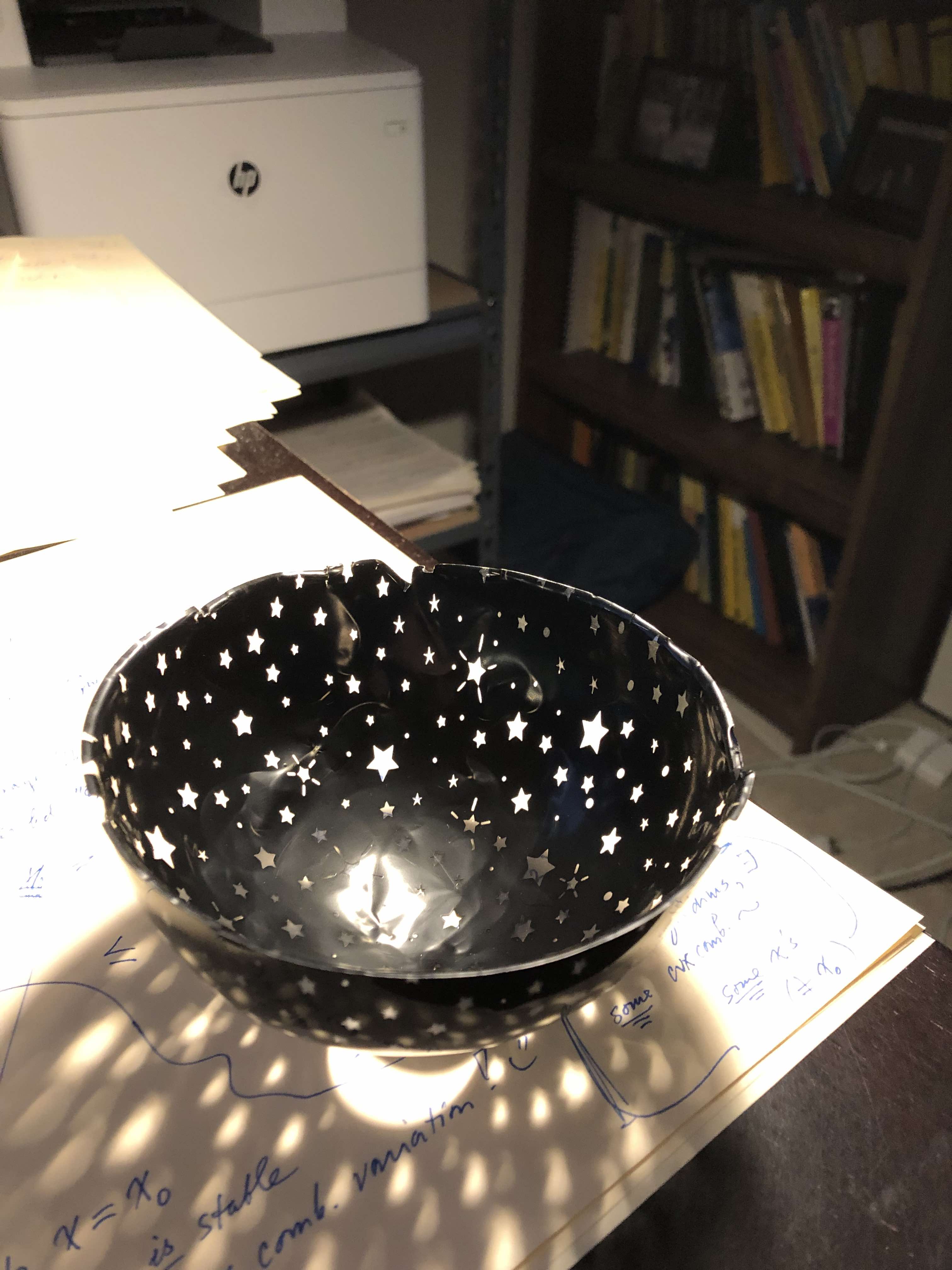Consider the quote at the bottom of this post.
Update: I thought this was an interesting question and asked it honestly. An answer would need an understanding of the life and times of Helmholtz, which is why I asked on a mathematics history site. But, it seems that no one has that background and the question is attracting non mathematical guesses. I would vote to close my own question now, if I could as I regret asking it.
Helmholtz seems to be saying that one can bend a hemisphere into a spindle without changing the intrinsic metric.
As I understand it - for smooth embeddings of smooth metrics with non zero curvature - the metric determines the embedding into real n-space of an n-1 surface up to an isometry of the n-space. If we allow creases, and thus a non smooth embedding, there are other options. But, none of them feel like "rolling a hemisphere into a spindle shape" say, as I interpret it, something like a lemon juicer.
What did Helmholtz have in mind here. He is writing to a lay audience and seems to think that his suggestion is plain and apparent. Is this a comment I am misunderstanding due to different times and different languages? Or is he referring to some specific technical method, known at that time, that does not occur to me?
Gauss showed at the same time that this measure of curvature is not changed if the surface is bent without distension or contraction of any part of it. Thus we can roll up a flat sheet of paper into the form of a cylinder, or of a cone, without any change in the dimensions of the figures taken along the surface of the sheet. Or the hemispherical fundus of a bladder may be rolled into a spindle-shape without altering the dimensions on the surface. Geometry on a plane will therefore be the same as on a cylindrical surface ; only in the latter case we must imagine that any number of layers of this surface, like the layers of a rolled sheet of paper, lie one upon another, and that after each entire revolution round the cylinder a new layer is reached different from the previous ones.
Page 39 of Popular Lectures on scientific subjects, second series. By H Helmholtz, translated by E Atkinson. Longmans, London, 1881. Section II: On the origin and Significance of Geometrical Axioms.

